Nothing is quite so elegant as a freshly-mown lawn.
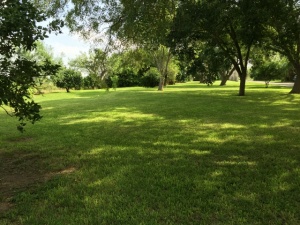
The opposite, however, can be full of surprises. Many of our chapter members have come to the Valley and purchased a residence with acreage. Overwhelmed with information after TMN training, new graduates sometimes don’t know where to start.
I’ve told a few people to quit mowing their lawn for a while and see what comes up naturally.
I didn’t invent the idea. I’ve overheard long-time chapter members give the same advice. I happened upon the idea a couple of years ago when we had our retaining walls rebuilt on our property.
After the walls were finished, we had to bring in pickup truck-loads of dirt to back-fill.
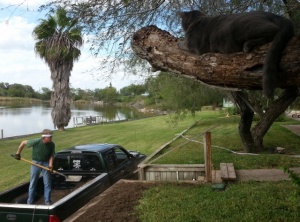
It was spring. Vegetation that I didn’t recognize began appearing along the tops of the walls.
Instead of plucking out what others called weeds, I waited for blooms. It was out of the locally purchased dirt I had my first cow pen daisy.
If you’ve read some of my other blogs, you’ll recognize it as the host to the Bordered Patch butterfly that I’ve had so much fun with.
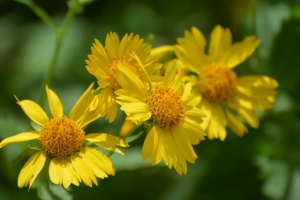
This spring, two years after the dirt hauling/shoveling event, it was a wet and chilly winter. I didn’t spend much time outdoors checking things, and certainly didn’t spend a lot of time with yard chores. That, coupled with a six-week winter work assignment out of state, I was amazed one sunny day to notice a bank of coreopsis, in full bloom, spilling over one of the retaining walls.
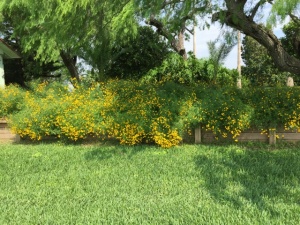
Prior to the dirt experience, during my TMN training I attended native plant and butterfly PowerPoint presentations every chance I got. I bought the books, attended workshops and visited local nature parks. I began to keep an eye out in unkempt areas of our yard for things I could recognize from my training.
My first find, around mesquite tree trunks, was Ruellia nudiflora. The leaves were pretty and looked like they would be important. They were. Ruellia is host plant to Malachite, White Peacock and Texan Crescent butterflies.
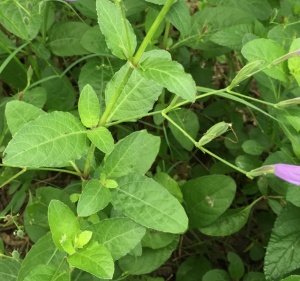
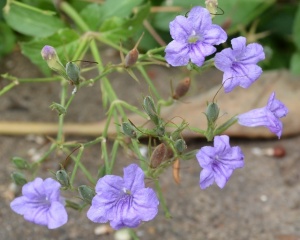
I realized the importance of studying not only the flowers, but the leaves as well. Had I not been familiar with the leaves, I would have missed an incredible passion vine growing along the fence row at the side of our property.
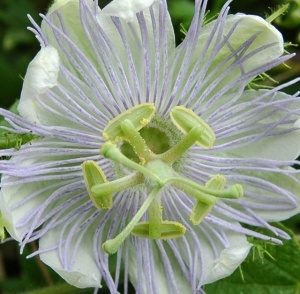
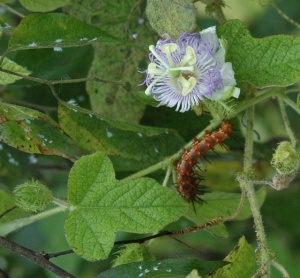
In a far, rather barren corner of the yard was a patch of frog fruit. During fall butterfly migration no less than six different species of small butterflies flitted about that patch one sunny afternoon.
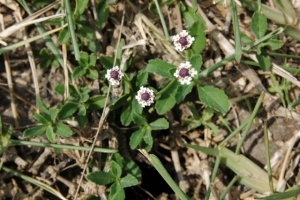
Although I have three planned butterfly gardens that I actively tend, I keep many of the native plants that come up on their own. I don’t transplant them. I leave them in place for butterflies, dragonflies, birds and other critters to find.
Trees also spring up. The anacua tree, in my opinion, is a must-have for any garden.
The white blooms are an excellent source of nectar for butterflies; the subsequent fruit an important food source for birds. Thoughtful birds have been instrumental in populating our property with anacua upstarts, one conveniently near a perimeter fence.
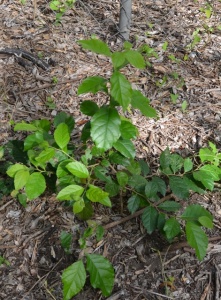
Very small anacua transplant successfully.
In retrospect, the surprise plants have saved me quite a bit of hard labor and money by coming up by themselves. They are already hardy and don’t need me for survival in an establishing phase. This leaves more time and money to plant other native plants, bushes and trees in the planned areas.
While most flowering plants provide some degree of nectar for butterflies, I have indicated those below that are butterfly host plants with a B. Leaves and stems of many of our native plants provide food for white-tailed deer and cattle, while the seeds are eaten by bob-white quail and even wild turkey. Those used by quail are indicated with a Q.
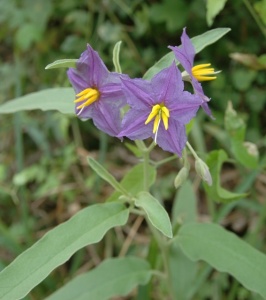
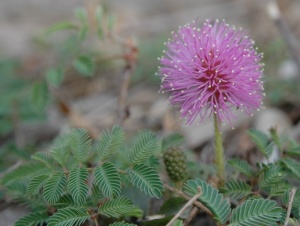
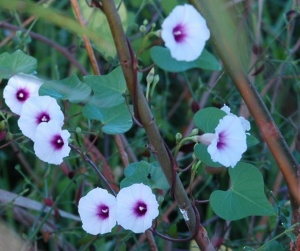
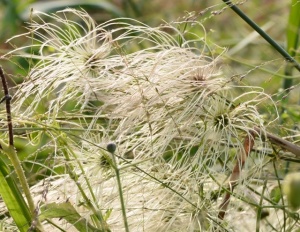
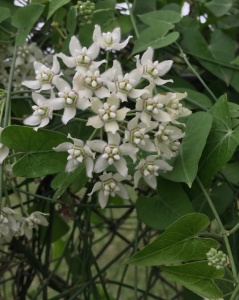
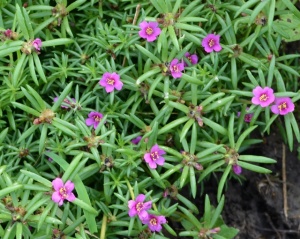
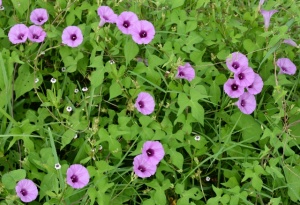
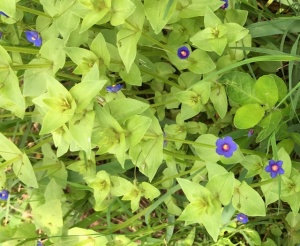
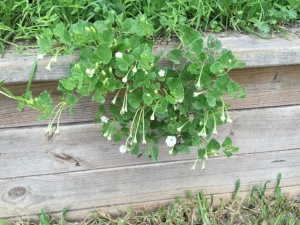
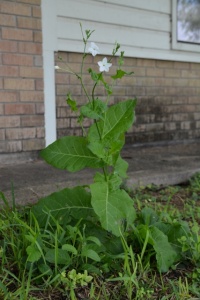
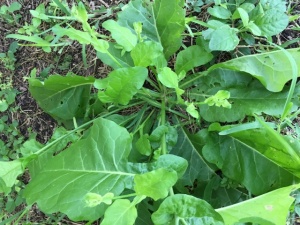
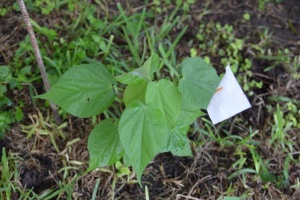

Leave a Reply